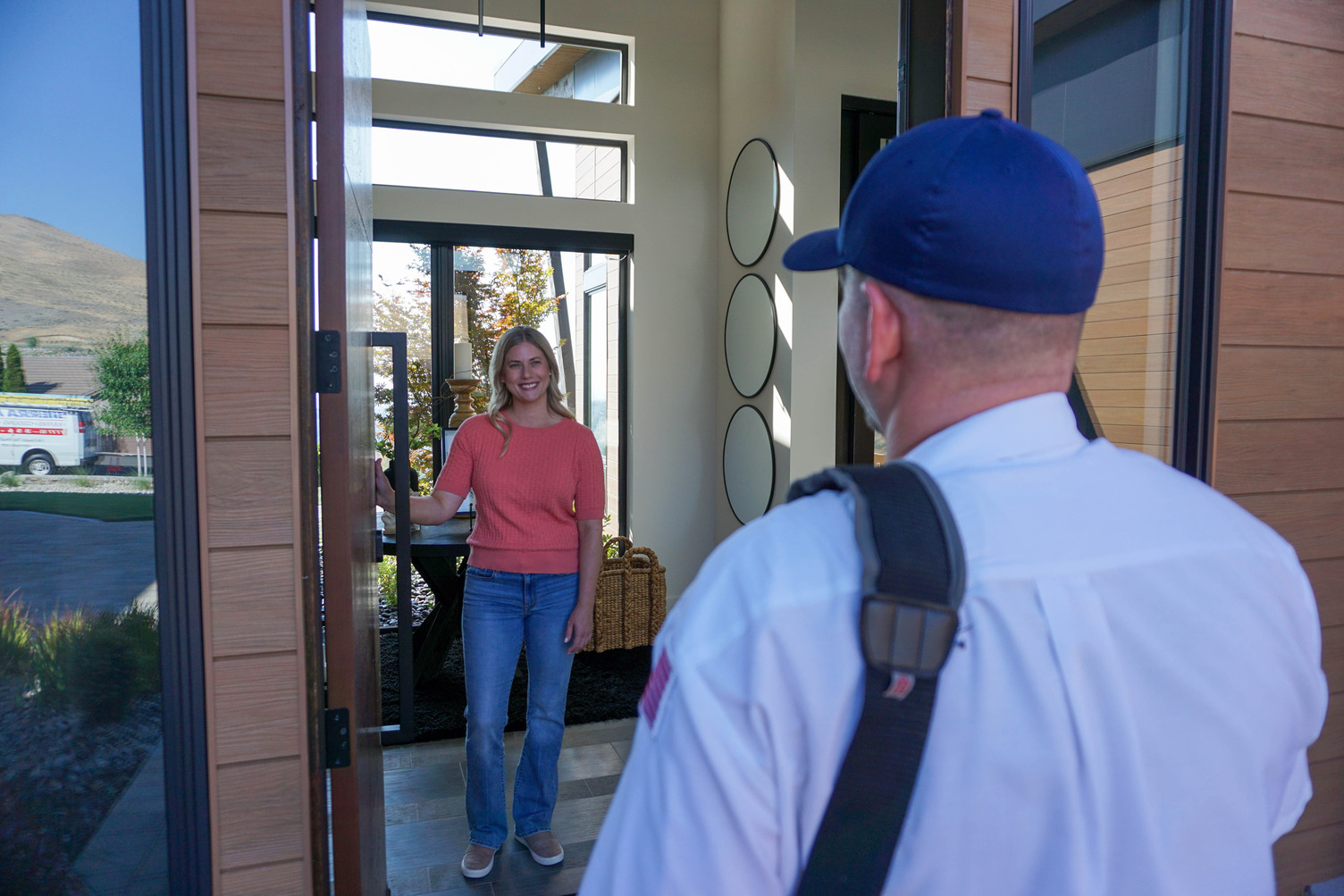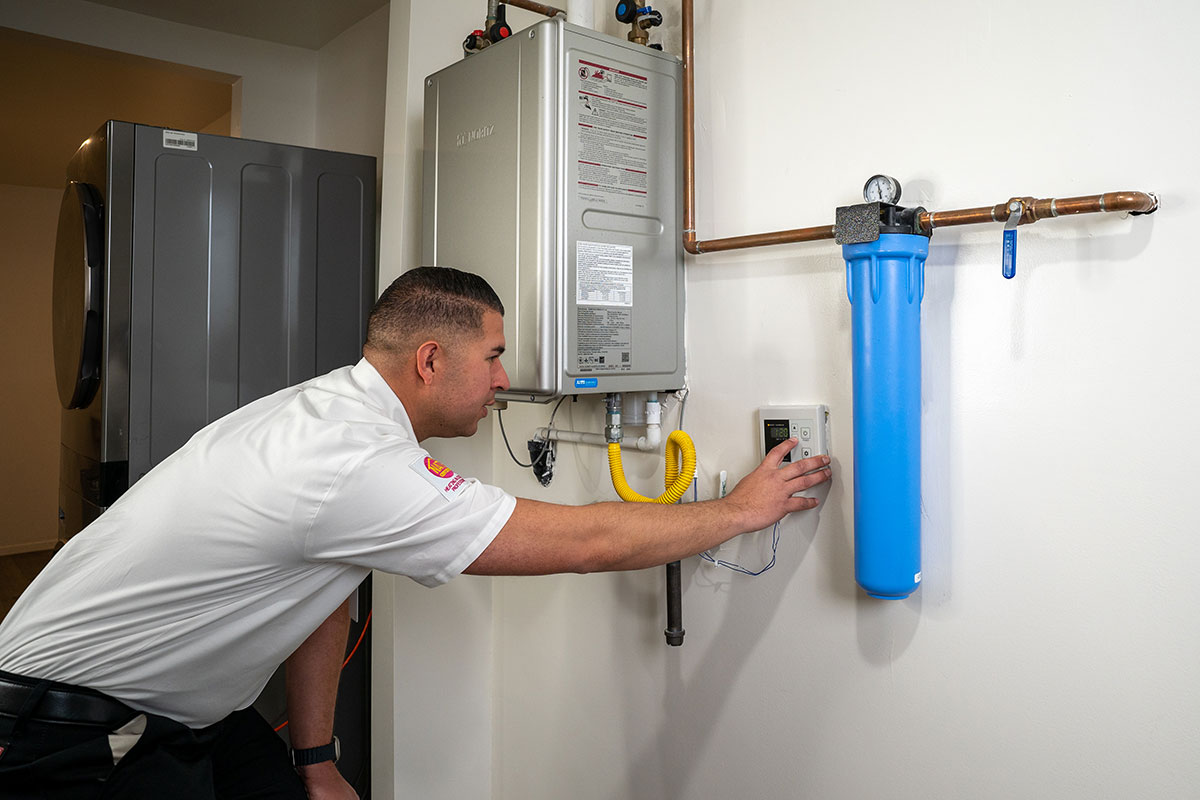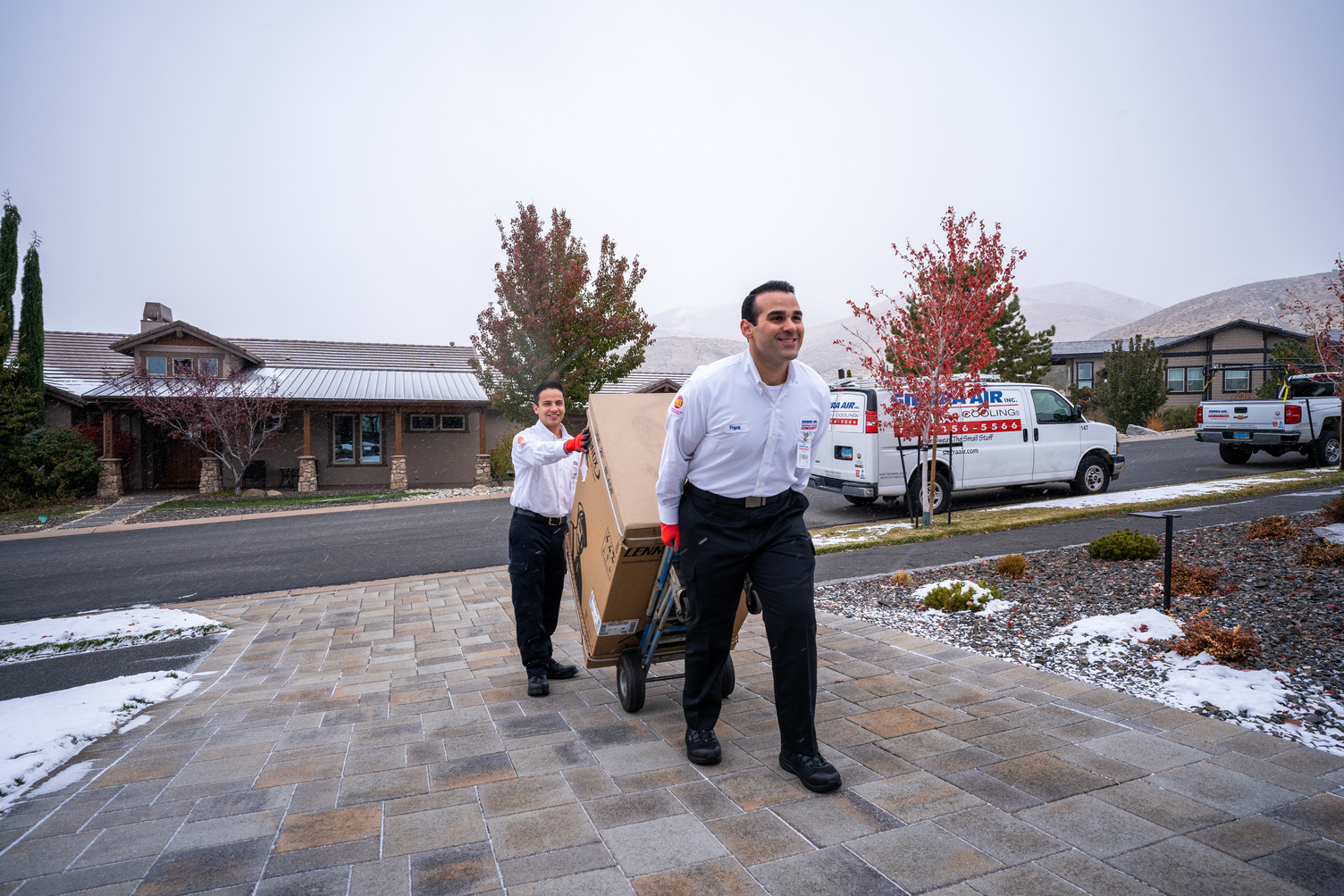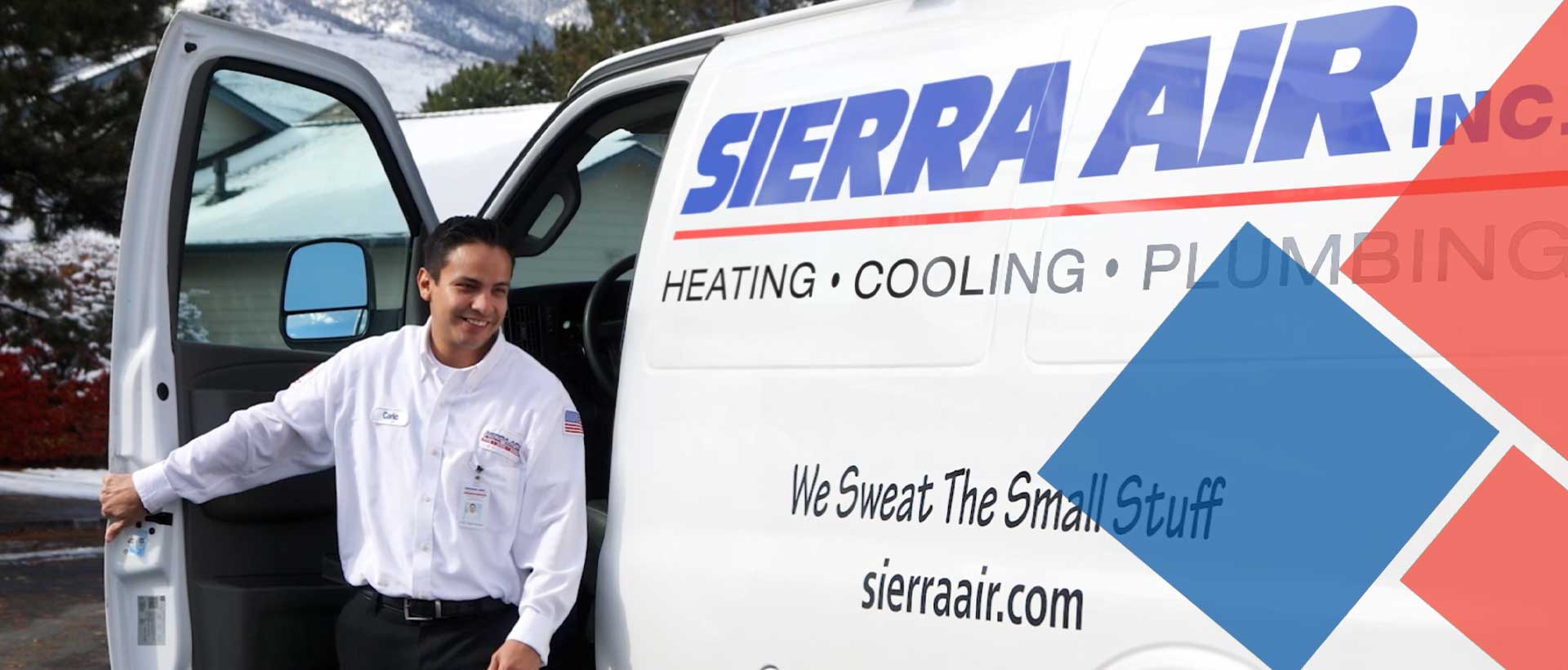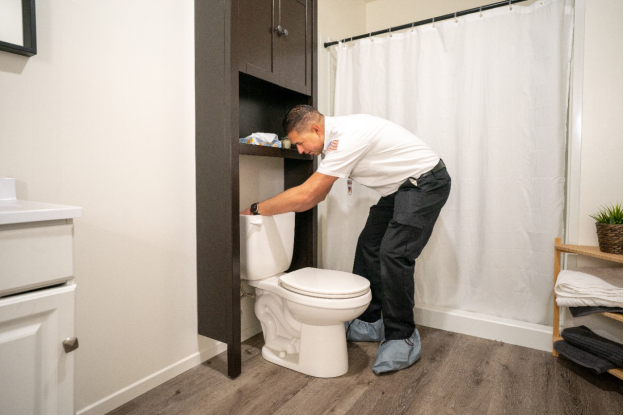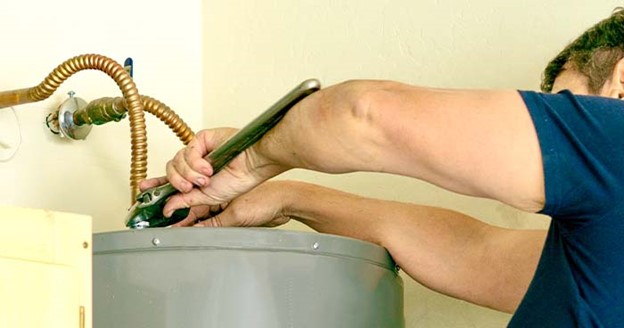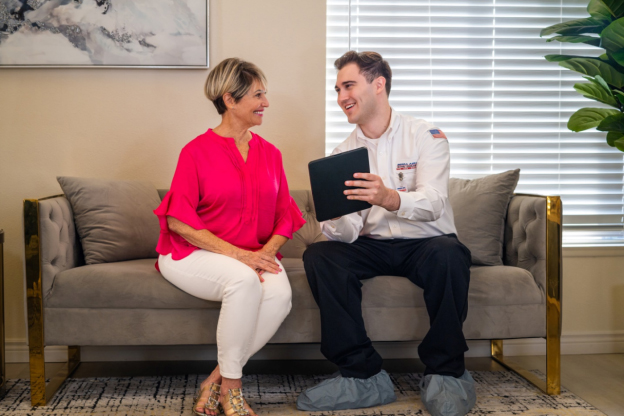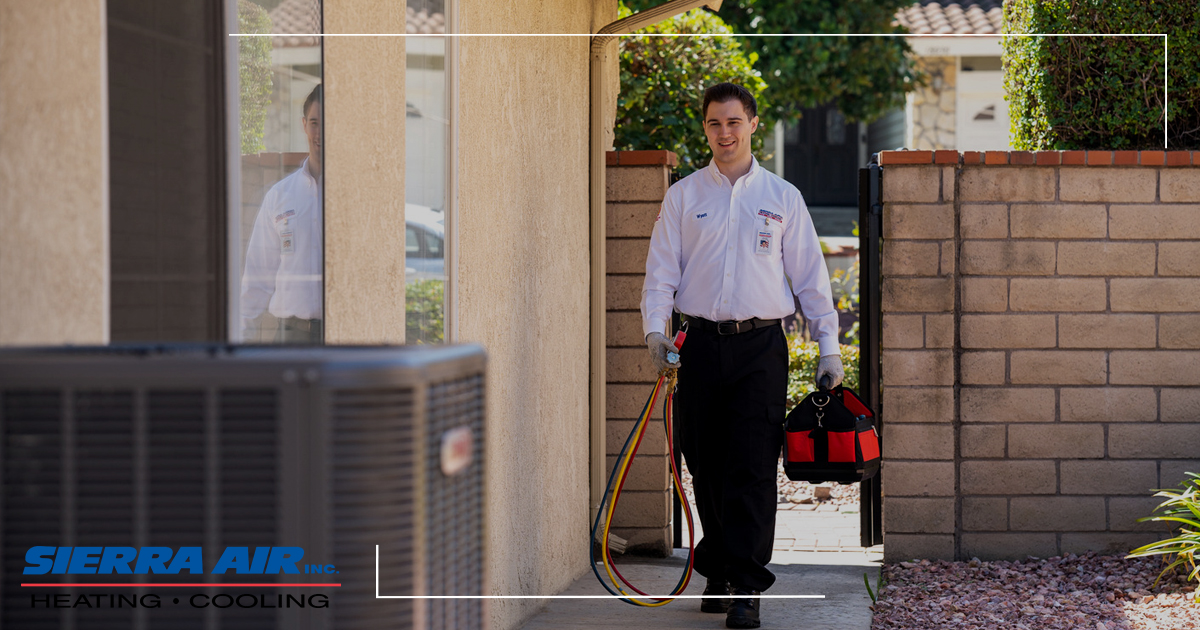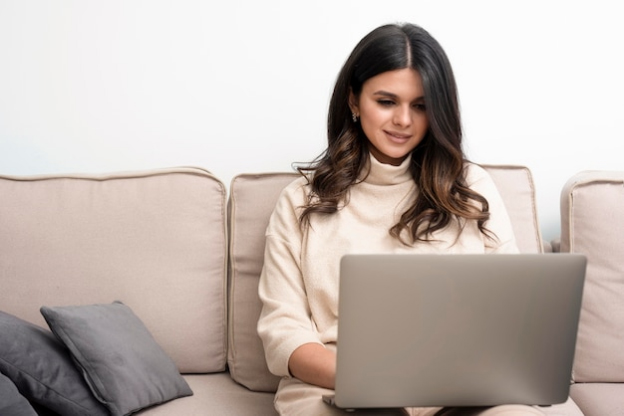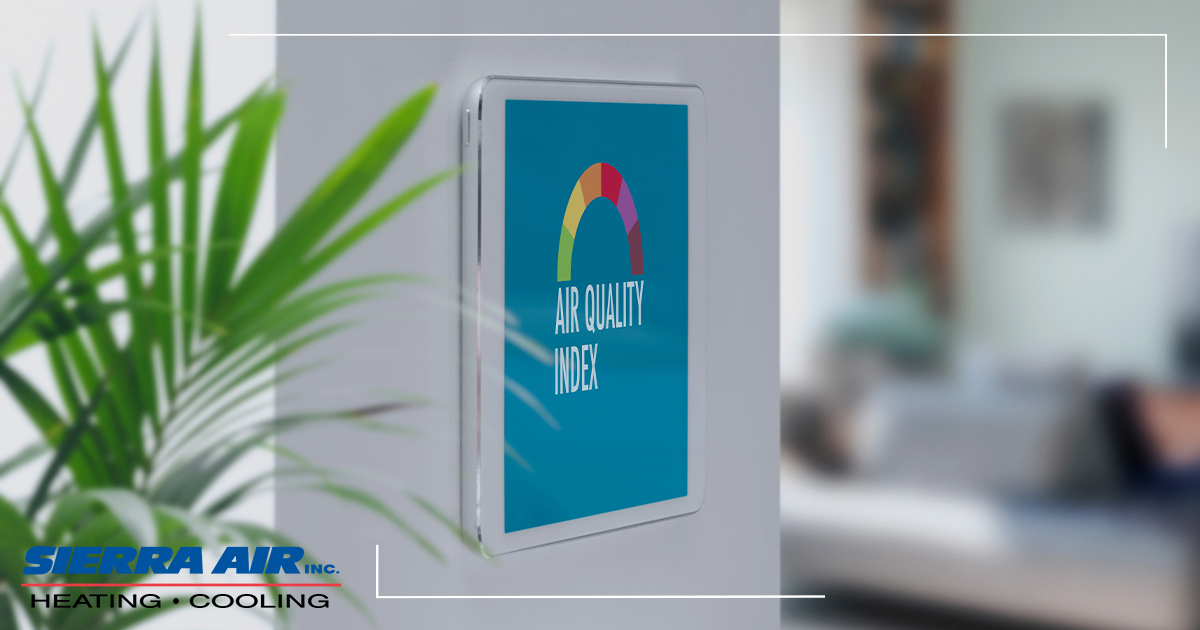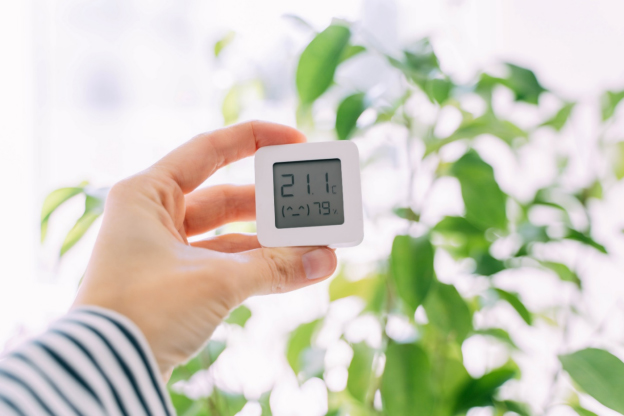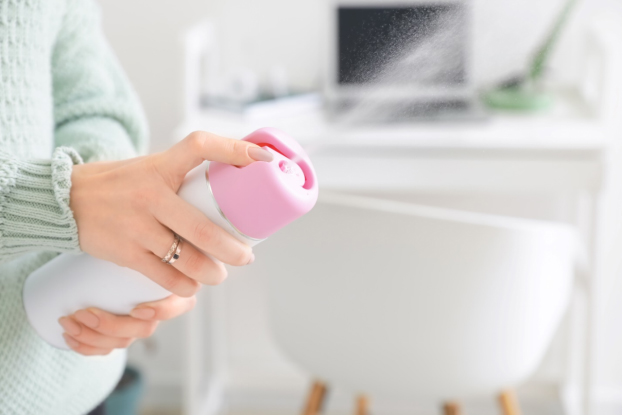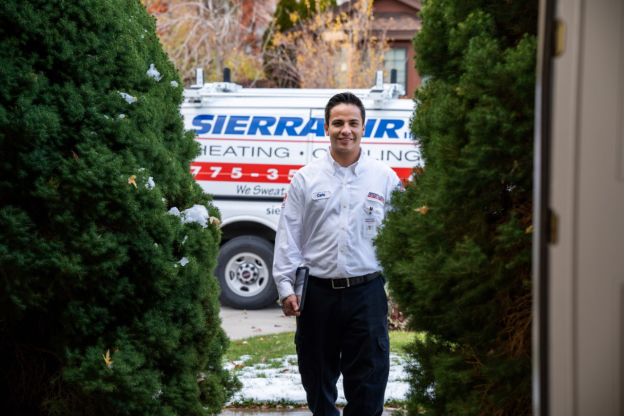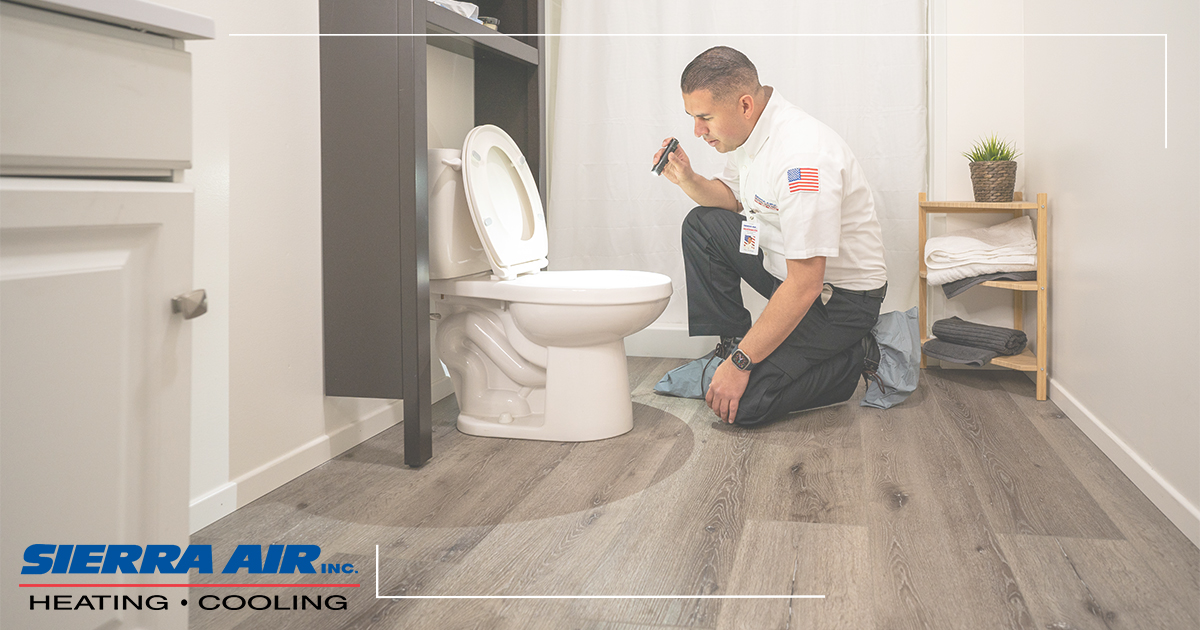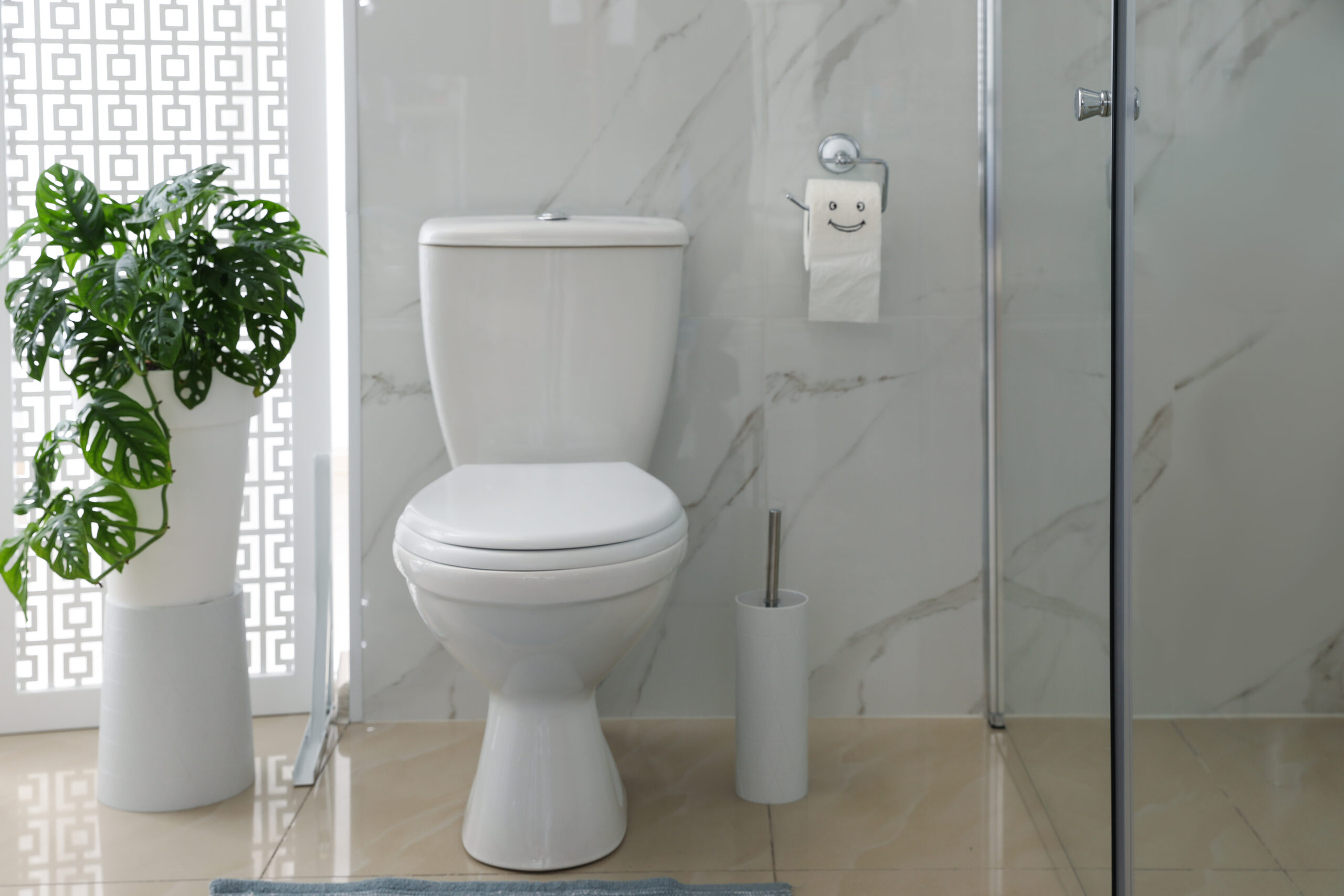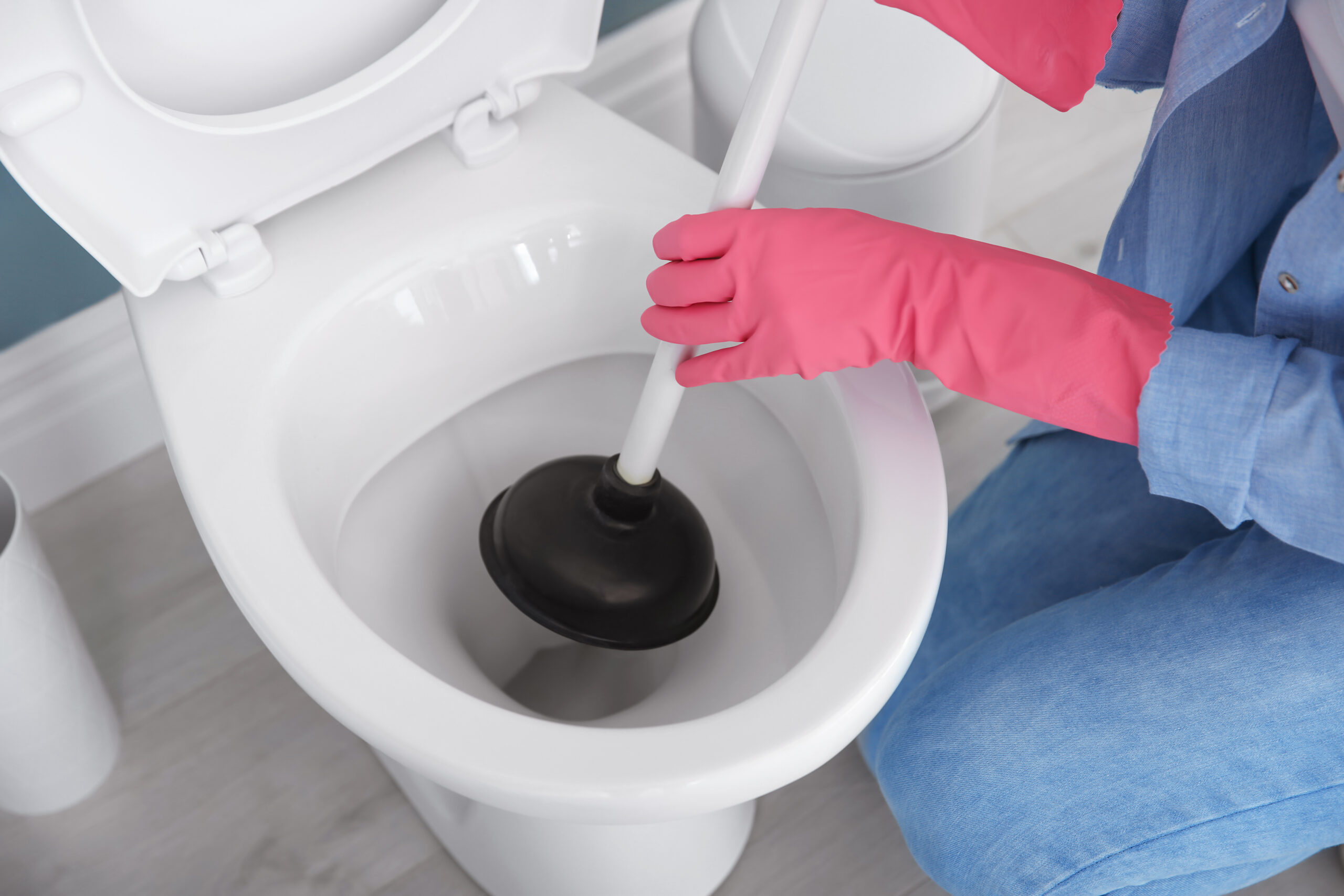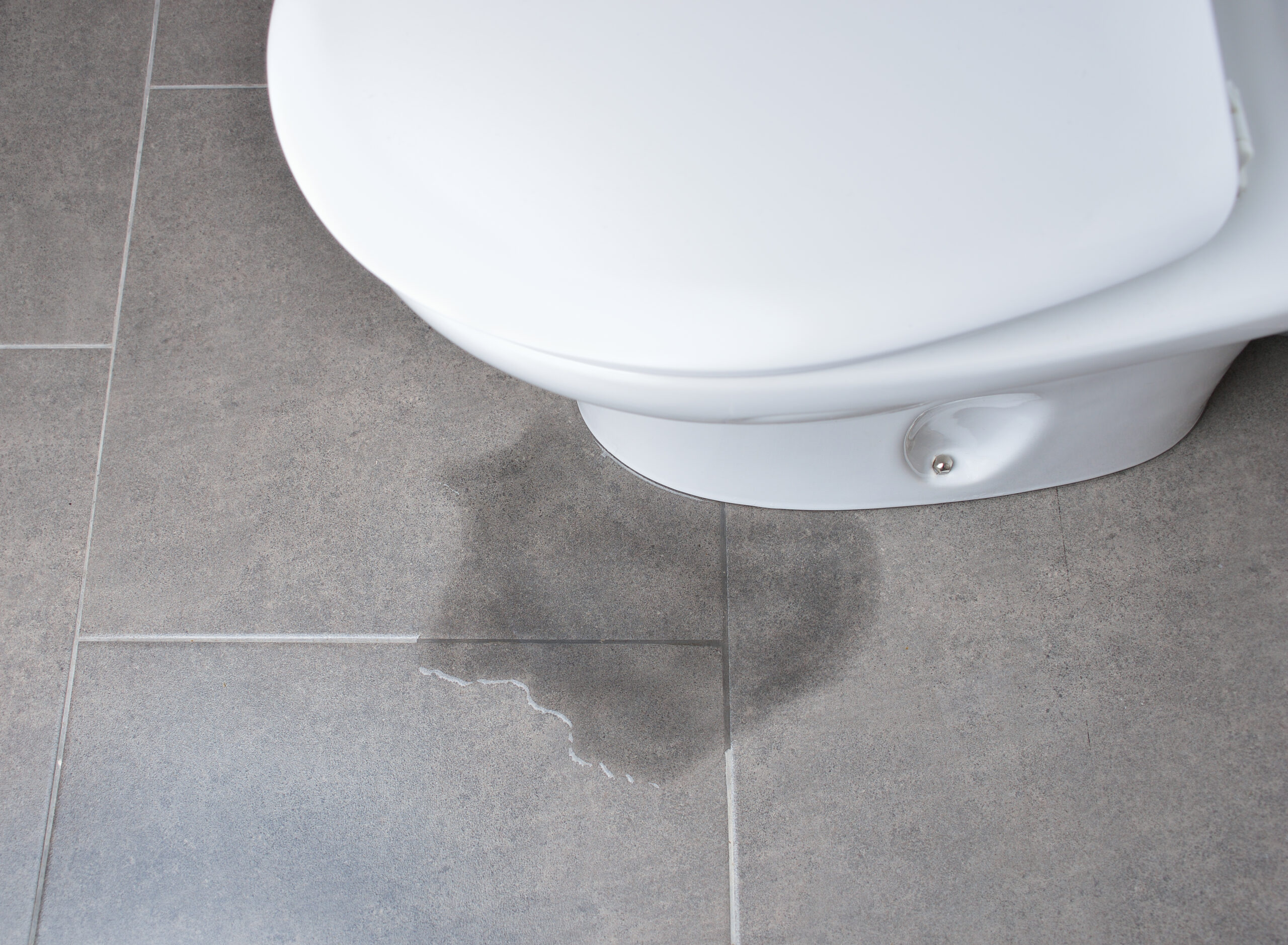The Truth About Air Purifiers: What Actually Works and What’s Just Marketing
Walk into any big-box store in Reno and you’ll see aisle after aisle of air purifiers claiming making bold promises: “Removes 99.9% of everything!” “Kills all viruses instantly!” “Energized oxygen cleans your whole home!” “Never replace a filter again!”
After installing more than 30,000 HVAC systems and thousands of indoor air quality products since 1986, Sierra Air has seen exactly which systems work in Northern Nevada… and which ones do nothing except burn money.
This guide breaks down what actually works, what to avoid, and the professional-grade IAQ solutions Sierra Air uses to protect homes across Reno, Sparks, Carson City, and Lake Tahoe.
Why Northern Nevada Needs Real Air Purification — Not Gimmicks
Our high-desert environment brings unique challenges:
- Wildfire smoke every summer
- Heavy dust storms and high winds
- Extremely low winter humidity
- Temperature inversions trapping pollution
- Intense spring and fall pollen seasons
To keep your indoor air clean and breathable, your system must be properly sized, properly installed, and built on proven science — not marketing buzzwords.
What Actually Works (Backed by Science & Sierra Air Field Experience)
These are the technologies we recommend because they consistently improve air quality in Nevada homes.
1. True HEPA Filtration (H13/H14 Grade)
What it removes:
• Wildfire smoke
• Dust
• Pollen
• Mold spores
• Pet dander
• Airborne bacteria
Why it works:
True HEPA is mechanical filtration — no chemicals, no ozone, no guessing.
Important:
Avoid “HEPA-like,” “HEPA-style,” or “HEPA-type.” None are real HEPA.
2. Activated Carbon Filtration (For Smoke & VOCs)
HEPA handles particles. Carbon handles gases and odors.
Carbon removes:
• Smoke odors
• VOCs from construction materials
• Cleaning chemicals
• Cooking odors
• Pet smells
Note: Carbon must be replaced every 3–6 months to stay effective.
3. Proper Sizing: CADR (Clean Air Delivery Rate)
A purifier must match your room size.
Northern Nevada guideline:
• CADR ≥ ⅔ of room volume
• During smoke events: CADR × 1.5
Ignore “covers up to 5,000 sq ft!” unless the CADR supports it.
4. Whole-Home UV + Advanced Oxidation: Ozone-Free REME HALO LED
Sierra Air installs the REME HALO LED, the ozone-free, CARB-certified version.
- 100% ozone-free (CARB certified)
- Reduces airborne particles by improving filter capture
- Treats every room via the HVAC system
- Reduces odors (pets, smoke, cooking, musty smells)
- Reduces airborne & surface microbial contaminants in the HVAC airstream
- Keeps HVAC components cleaner
- Silent, energy-efficient operation
- Long-life LED cell lasting 4–5 years
Perfect for homeowners wanting whole-home coverage, odor reduction, and supplemental HVAC sanitation.
5. Whole-Home Ionization: iWave-R (Ozone-Free, Self-Cleaning)
The iWave-R is Sierra Air’s preferred ionization system — UL 2998 certified ozone-free and fully self-cleaning.
- Ozone-free (UL 2998 certified)
- Reduces odors (smoke, cooking, chemicals, pets)
- Reduces airborne particles by increasing filter capture
- Reduces certain airborne microbial contaminants in the HVAC airstream
- Zero maintenance — no bulbs or cells
- Self-cleaning technology
- Silent, low-energy operation
- Whole-home coverage through the duct system
A great option for homeowners who want cleaner air with no maintenance at all.
6. Lennox PureAir
Removes particles, odors, and chemical vapors all at once using a powerful combo of MERV 16 filtration, carbon adsorption, and photocatalytic oxidation — one of the most complete whole-home purification systems available.
- Destroys household odors and airborne chemicals (paint fumes, cleaning products, cooking smells) while filtering out smoke, pollen, dust, and pet dander with hospital-grade performance.
- Whole-home purification without producing ozone, meeting California’s strict indoor air quality standards while still delivering premium filtration and odor reduction.
- Reduces airborne viruses and bacteria as air passes through the system, giving your home a cleaner, fresher environment every time your HVAC system runs.
- One of the few systems that tackles ALL three major pollutant categories — particles, VOCs, and bio-contaminants — making it an industry leader in whole-home IAQ.
What Sierra Air Recommends for Northern Nevada Homes
Based on our 40 years of experience in this unique climate, here’s what actually works:
For Most Homes:
Standalone HEPA purifiers with activated carbon filters in bedrooms and main living areas. Change filters every 6-12 months (more frequently during wildfire season).
For Allergy & Asthma Sufferers:
Whole-home air purification integrated with your HVAC system, plus standalone HEPA units in bedrooms. Professional-grade filtration with MERV 13 minimum.
For Wildfire Smoke Protection:
High-CADR HEPA purifiers (250+ CADR) plus whole-home filtration. During smoke events, upgrade HVAC filters to MERV 13 and seal air leaks.
Additional Professional-Grade IAQ Systems We Offer
- Whole-Home Air Purifiers: Integrated into your HVAC system for full-coverage purification.
- Media Air Cleaners (MERV 11–16): Captures particles as small as 0.3 microns.
- Electronic Air Cleaners: Professional-grade particle capture with safe, ozone-free design.
- Air Scrubber ActivePure: NASA-originated oxidation tech for surface and air treatment.
- ERV/HRV Ventilation Systems: Bring in fresh outdoor air without losing heating or cooling efficiency.
- Whole-Home Humidifiers: Protect against static electricity, bloody noses, and dry skin. Also, great for hardwood floors, pianos, and other real wood items.
- UV-C Coil Treatment: Stops mold and biological growth on HVAC coils.
The Sierra Air IAQ Assessment Process
- Indoor Air Quality Testing: We measure particulate matter, VOCs, humidity, and CO₂ levels.
- Home Evaluation: We look for pollution sources, air leakage, and ventilation issues.
- HVAC System Assessment: We verify your system can support advanced filtration and purification upgrades.
- Personalized Recommendations: Customized solutions for your concerns, your home, and your budget.
- Professional Installation: Ensures everything works safely and effectively.
- Education & Training: We teach you how to use and maintain your IAQ equipment.
- Ongoing Support (Sierra Rewards): Priority scheduling, filter reminders, and routine maintenance.
Real Customer Experience
“After two summers of terrible wildfire smoke, we finally called Sierra Air about indoor air quality. Their technician actually tested our air and explained what we needed — not what cost the most. They installed a Trane CleanEffects system, and the difference during last year’s smoke events was night and day. My daughter’s asthma symptoms dropped dramatically.”
The Bottom Line: What 40 Years Has Taught Us About Indoor Air
There are no magic bullets. Real purification requires real filtration and maintenance.
Your HVAC system matters most. It processes all of your home’s air 24/7.
Source control comes first. Fix ventilation and moisture issues before adding filters.
Northern Nevada is different. Our smoke, dust, altitude, and dryness require specialized solutions.
Maintenance is non-negotiable. A clogged purifier does more harm than good.
Testing reveals the truth. You can’t see VOCs or fine particulates — but your body feels them.
Ready to Breathe Cleaner, Safer Air?
Stop buying gimmicks.
Start breathing cleaner air.
to schedule indoor air quality testing.

Serving Reno, Sparks, Carson City, Lake Tahoe & All of Northern Nevada Since 1986

